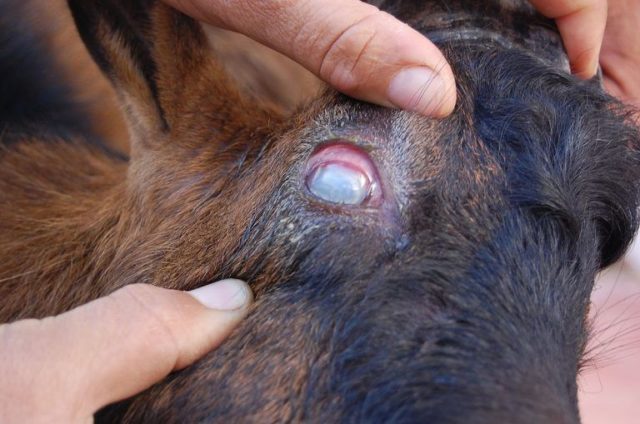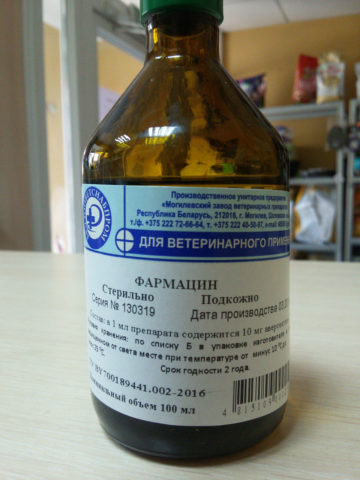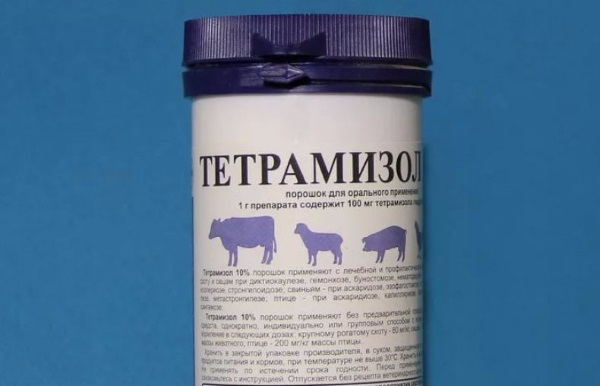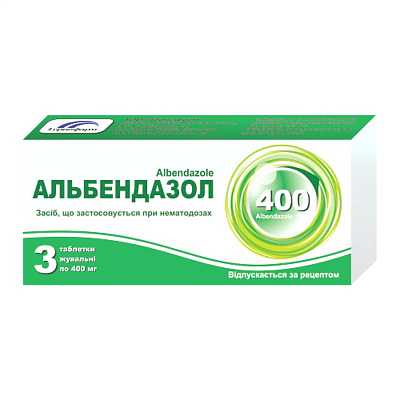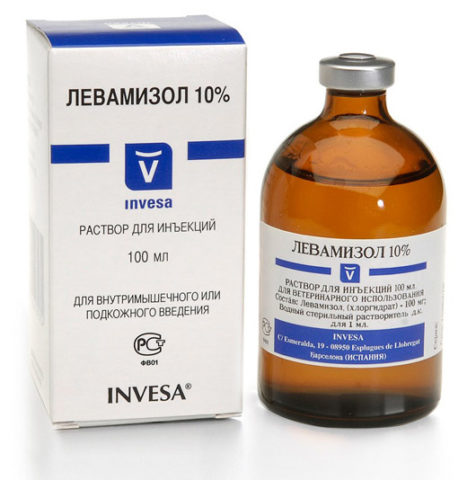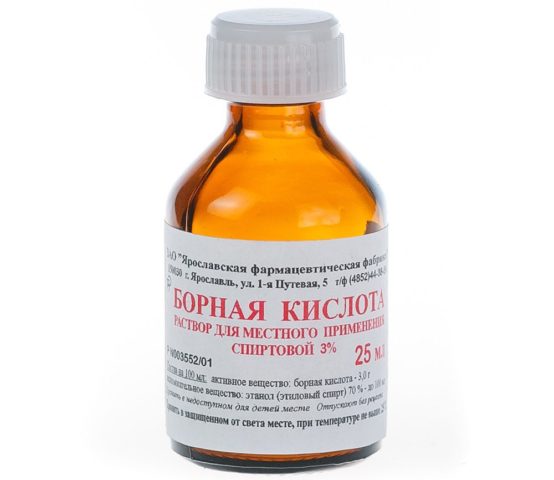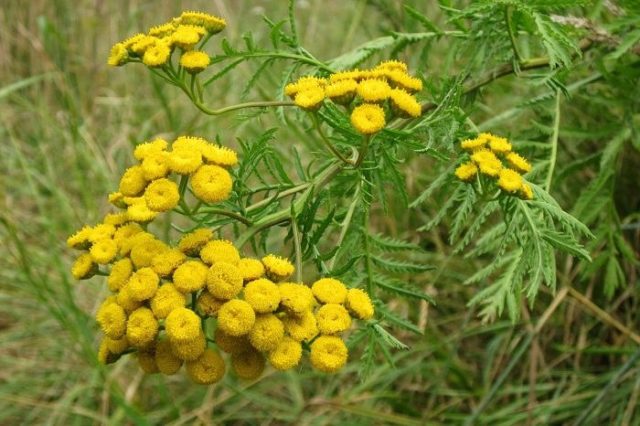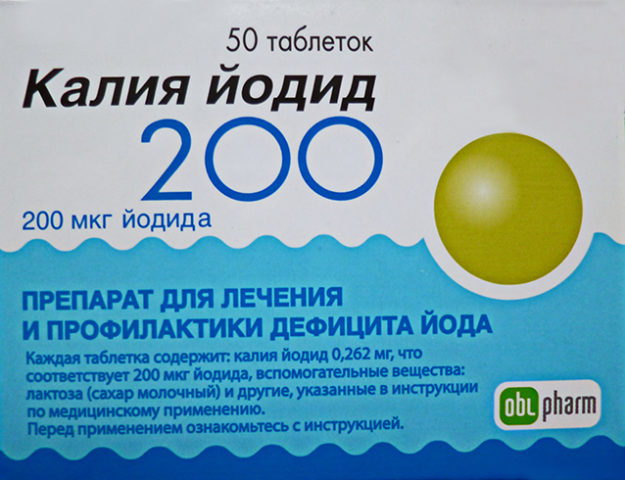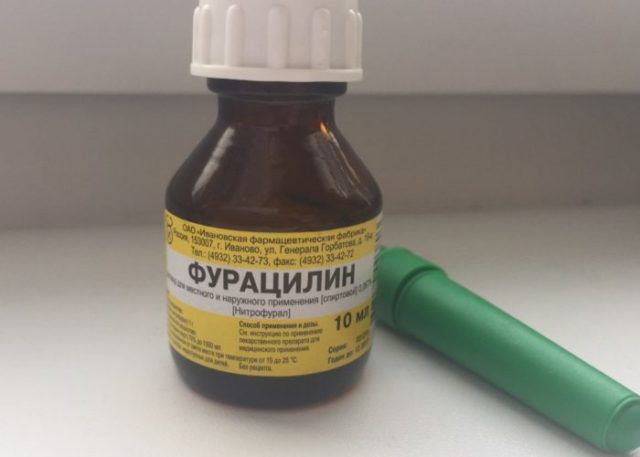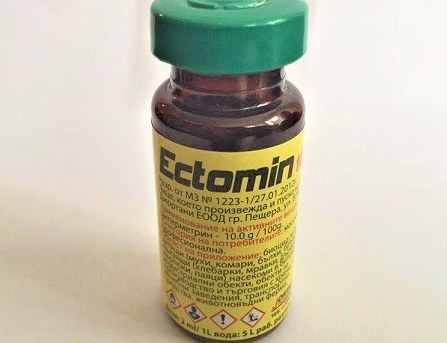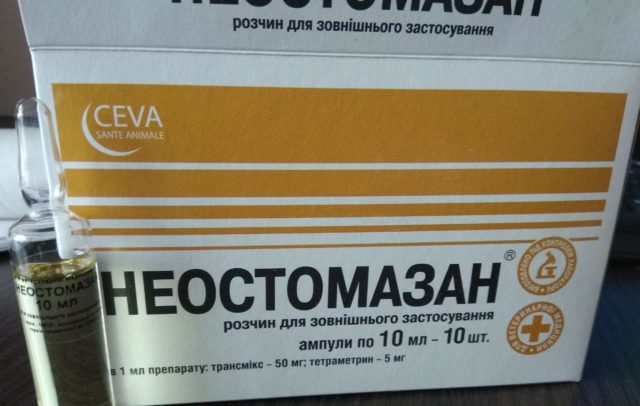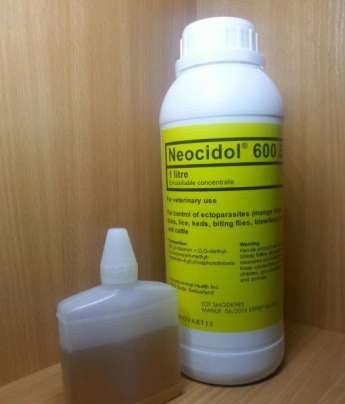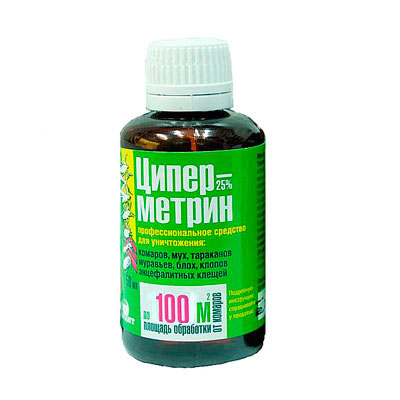Content
Thelaziosis in cattle is a seasonal epizootic disease that is widespread. It is characterized by inflammation of the conjunctiva and cornea of the eye. In the initial stages, thelaziosis is difficult to determine, since the clinical signs are poorly expressed. Neglected cases of the disease can lead to a complete loss of vision, a decrease in the productivity of animals, so every owner of a livestock of cattle should know how the clinical signs of thelaziosis manifest themselves, as well as how to prevent this disease.
Causes of thelaziosis and sources of infection
The causative agent of cattle thelaziosis is small nematodes belonging to the genus Thelazia. In cattle, there are three types of biohelminths. Each of the nematodes parasitizes in different places:
- rhodesi is localized in the conjunctival cavity and under the third eyelid;
- gulosa, T. skrjabini - in the lacrimal-nasal canal and ducts of the lacrimal glands (sometimes in the conjunctival sac).
Infection of cattle with nematodes occurs in the pasture. In the spring, their females release larvae of the first stage, which, with tears and mucus, migrate to the area of the inner corner of the eye, where they are swallowed by cow-flies. In the body of the intermediate host, the larvae grow, go through two stages of molting, and after 2-4 weeks they turn into invasive larvae of the third stage. The latter move to the head part of the fly's body and through the proboscis enter the conjunctival sac of the animal's eye. After 1-1.5 months, the larva turns into a sexually mature individual. Adult nematodes can parasitize in the body of an animal for up to a year, however, most often they die after 3-4 months.
Animals of all age groups are susceptible to thelaziosis. The disease is most acute in young cattle at the age of four months.
Nematodes are able to remain viable in winter. Their females, overwintered in the eyes of sick animals, begin to lay eggs with the onset of summer flies. Thus, livestock infected with calves are the only source of infection in the spring.
Symptoms of thelaziosis in cattle
Thelaziosis in cattle proceeds in three stages. Growing in the conjunctival region of the eyes, nematodes injure the delicate mucous membrane. In T. rhodesi worms, chitinous spines are located on the front of the body, therefore this type of pathogen is considered the most dangerous.
At the initial stage of the disease, it is noted:
- hyperemia of the conjunctiva;
- profuse lacrimation;
- photophobia.
It is quite difficult to recognize the symptoms of the disease at the first stage. The clearest clinical picture develops after 2-3 days. The disease enters the second stage, which is characterized by the following clinical signs:
- purulent or purulent-serous discharge from the sore eye;
- copious slimy secret;
- clouding of the cornea;
- swelling of the eyelid.
At the final stage of the disease, irreversible processes occur that can lead to blindness:
- the appearance of ulceration on the cornea of the eye;
- soreness of the eyeball;
- increased body temperature;
- lack of appetite;
- depressed state.
At the third stage of the disease, cows experience a drop in milk production. Calves infected with biohelminths lag behind in growth and development.
Diagnosis of the disease
Diagnosis of thelaziosis in cattle is carried out according to the characteristics of this disease.To make a diagnosis at the first latent stage of thelaziosis, the conjunctival sac of a sick animal is washed with 50 ml of boric acid solution (3%). The resulting wash is collected in a container. Larvae and helminths can be viewed with the naked eye or with a magnifying glass.
In a laboratory study of the lacrimal fluid, a decrease in the concentration of lysozyme is noted. When diagnosing thelaziosis, epizootological data and clinical signs are taken into account. In the absence of symptoms of the disease, for example, in winter, some types of helminths can be found in the lacrimal-nasal canal or excretory ducts of the lacrimal glands of the animal after slaughter. It is important to differentiate bovine telaziosis from:
- herpesvirus infections;
- moraxellosis;
- rickettsiosis.
Also, this disease must be differentiated from hypovitaminosis A.
Treatment of thelaziosis in cattle
For more effective treatment, the type of the causative agent of thelaziosis is taken into account. For eye damage, T. gulosa and T. skrjabini use a 25% aqueous solution of ditrazine citrate. The drug is injected subcutaneously into the neck at a dosage of 0.016 g per 1 kg of animal weight. The next injection must be given 24 hours later. To destroy helminths and larvae, instead of ditrazine, you can use a 40% solution of loxuran at a dosage of 1.25 ml for every 10 kg of weight.
Also for deworming use drugs "Ivomek" and "Ivomek +". The solution is administered once, subcutaneously in the neck area, at a dosage of 0.2 mg per 1 kg of animal body weight. A good therapeutic effect is given by washing the affected eye with a solution of chlorophos (1%).
When treating thelaziosis in cattle, the following medications and solutions can also be used:
- febantel (rintal) orally (together with compound feed) at a dosage of 7.5 mg per 1 kg of animal weight;
- Pharmacin (aversect-2), a single dose of 1 ml per 50 kg of body weight;
- ophthalmic medicinal films (GLP);
- a single subcutaneous injection of Faskoverm at a dosage of 5 mg per 1 kg of animal weight;
- tetramisole (20%) orally, once a dose of 7.5 g per 1 kg of body weight;
- albendazole inside a single dose of 0.0075 g per 1 kg of body weight;
- Univ orally twice every 24 hours at a dosage of 0.0002 g per 1 kg of body weight;
- levamisole subcutaneously in a single dose of 0.0075 g per 1 kg of body weight.
With thelaziosis caused by the pathogen of the species T. Rhodesi, it is effective to use solutions for washing the conjunctival region of the mucous membrane of the eye:
- iodine solution with a concentration of 0.05%;
- solution of 3% boric acid;
- emulsion of lysol or ichthyol with a concentration of 3%.
You can treat the affected eye with an emulsion of ichthyol in fish oil. The composition is carefully injected with a syringe in the amount of 2 ml, into the area of the third eyelid, and gently massaged. The procedures are repeated three times in 2-3 days.
For the treatment of the conjunctiva, you can also use herbal infusions:
- common tansy (fresh or dried);
- chamomile flowers;
- calendula;
- marsh rosemary.
In the event of complications in the second and third stages of the disease (purulent conjunctivitis, keratitis), the veterinary specialist prescribes antibacterial drugs. Most often these are sulfa drugs and substances of the penicillin group.
If there are ulcers on the cornea of the eye, an ointment with novocaine and penicillin can be used. For clouding of the cornea of the eye, a freshly prepared ointment with potassium iodide is very effective.
With purulent conjunctivitis, it is recommended to treat with novocaine-chlortetracycline ointment, tanacet liniment, or wash the affected areas with a furacilin solution.
Forecast and prevention
It is quite difficult to identify the disease at the initial stage. As a rule, the first obvious symptoms of helminth damage appear in the second and third phases of thelaziosis. Ignoring symptoms in the early stages leads to irreversible consequences. If not treated properly, the animal can lose its sight. To prevent thelaziosis of cattle, it is necessary to carry out preventive deworming of the livestock in the autumn and spring.
In order to identify the symptoms of the disease in time, the owners of farms and private household plots should regularly conduct general clinical examinations of animals from May to September.
Cow flies are intermediate hosts of the parasite and are highly active in the hot season. On such days, it is recommended to keep the livestock under sheds or in corrals, limiting pasture grazing. It is also better to organize the exercise of cattle at night. Young animals are recommended to be grazed separately from adult animals.
To control the vectors of calf larvae (cow flies), you can use the treatment of the skin and hair of animals with a solution of chlorophos (1%).
During the grazing period, it is recommended to feed the young cattle with phenothiazine-salt mixtures - the drug causes mass death of calf larvae in the feces of animals. To exterminate flies on the surface of the animal's body, drugs are used:
- ectomin with a concentration of 0.1%;
- 0.25% neostomazan solution;
- 1-2% dibromium emulsion;
- neocidol at a concentration of 0.1%.
Another option for the prevention of cattle from thelaziosis is the use of ear clips with pyrethroids. This option with the content of cypermethrin is a powerful means of controlling insects, it can reduce the incidence of thelaziosis in the livestock by half.
Infection with thelaziosis of cattle occurs more often on pastures in the summer. For the treatment of premises, ectomin is used (1-2%), an emulsion of neocidol with a concentration of 0.5% at the rate of 50-80 ml per 1 sq. m. After processing stalls and other premises, animals cannot be brought in immediately - it is necessary to stand for at least two hours.
Conclusion
Thelaziosis in cattle is a rather dangerous disease that, without proper treatment, can lead to blindness. It is possible to avoid the manifestation of this pathology in cattle by observing the schedule of preventive measures. Most often, outbreaks of thelaziosis occur in the summer and autumn seasons. Therefore, during these periods, it is necessary to conduct regular inspections of the cattle livestock in time.
